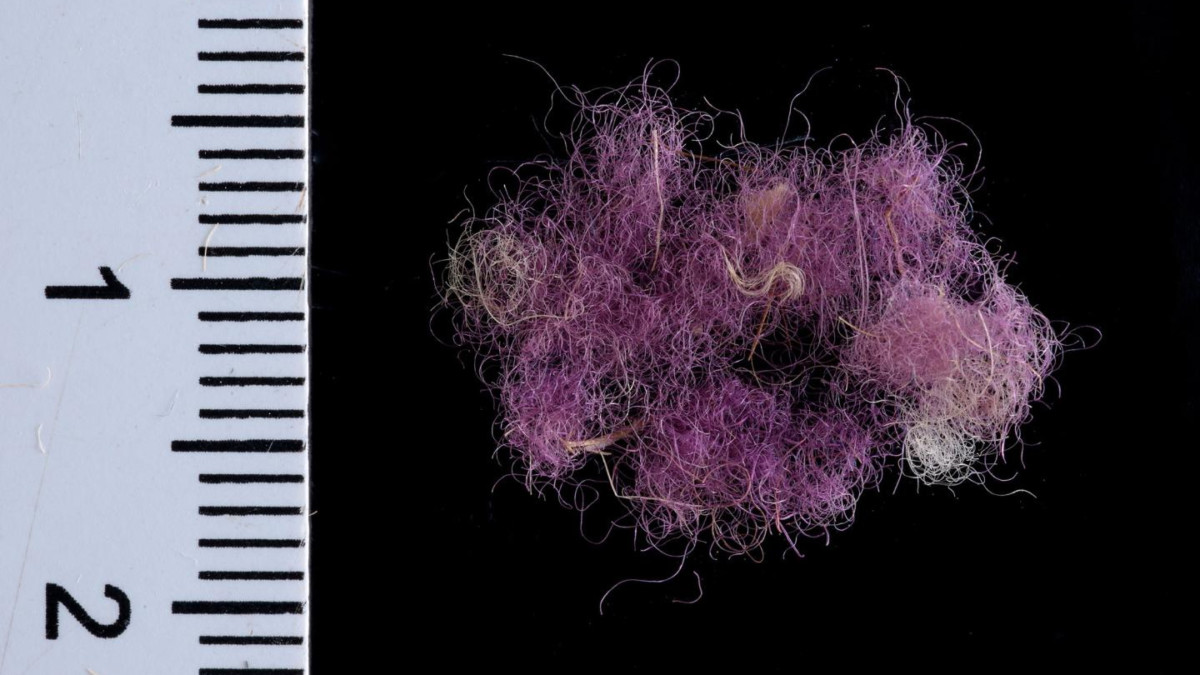Royal Purple Dye Unearthed on Textile Fragments in Israel
Archaeologists in Israel have discovered small fragments of preserved purple fabric. Carbon dating places its creation around 1000 B.C. Purple is a color that has long been associated with royalty and is mentioned in the Jewish and Christian Bibles, including in garments worn by King David, King Solomon, and Jesus.
“The gorgeous shade of the purple, the fact that it does not fade, and the difficulty in producing the dye, which is found in minute quantities in the body of mollusks, all made it the most highly valued of the dyes, which often cost more than gold,” says lead author Naama Sukenik, a curator of organic materials at the IAA in the research statement.
The fragment was unearthed during excavations at a site in Timna, 220km south of Jerusalem. The research, published in PLOS One, was undertaken in a collaboration between the Israel Antiquities Authority (IAA), Tel Aviv University, and Bar Ilan University.
“The colour immediately attracted our attention, but we found it hard to believe that we had found true purple from such an ancient period,” says study co-author Erez Ben-Yosef, an archaeologist at Tel Aviv University, in the statement.
Animal-based purple dye manufacturing methods in antiquity
Derived from the bodies of mollusks, the dye used on the wool fibers was extremely valuable in the ancient world. Previous excavations had found the color on mollusk shells and pottery fragments, but not on fabrics. This animal-based dye was very difficult to extract, and required a specialized chemical process to create, which lasted days.
The sophistication and knowledge required to manufacture the dye was so specialized that it’s another indicator that this color was reserved only for those of the highest status.
Archaeologists have been working to discover tangible evidence from the reign of King David, as it’s of special importance for all three of the big monotheistic faiths. The fact that the people in that region at the time would have been nomadic has made this difficult, however, as the displays of wealth would not have been through great palaces or monuments.
“Archaeologists are looking for King David’s palace. However, David may not have expressed his wealth in splendid buildings, but with objects more suited to a nomadic heritage such as textiles and artifacts,” says Ben-Yosef.
- Source: ‘Royal Purple’ Fabric Dated to Time of Biblical King David Found in Israel
- Source: Israeli archaeologists find ‘Biblical royal purple dye’
- Source: A glimpse into the wardrobe of King David and King Solomon, 3000 years ago
Please Support us on Patreon!

Moreover, starting with the pledge level of $3, you will get a digitized vintage book about bookbinding, book history, or book arts each month from us!
These pledges help iBookBinding to continue its work and bring more information about bookbinding and book arts to you!


